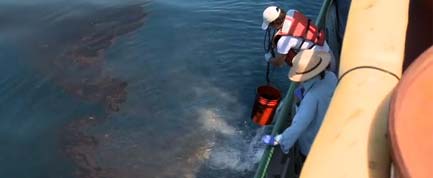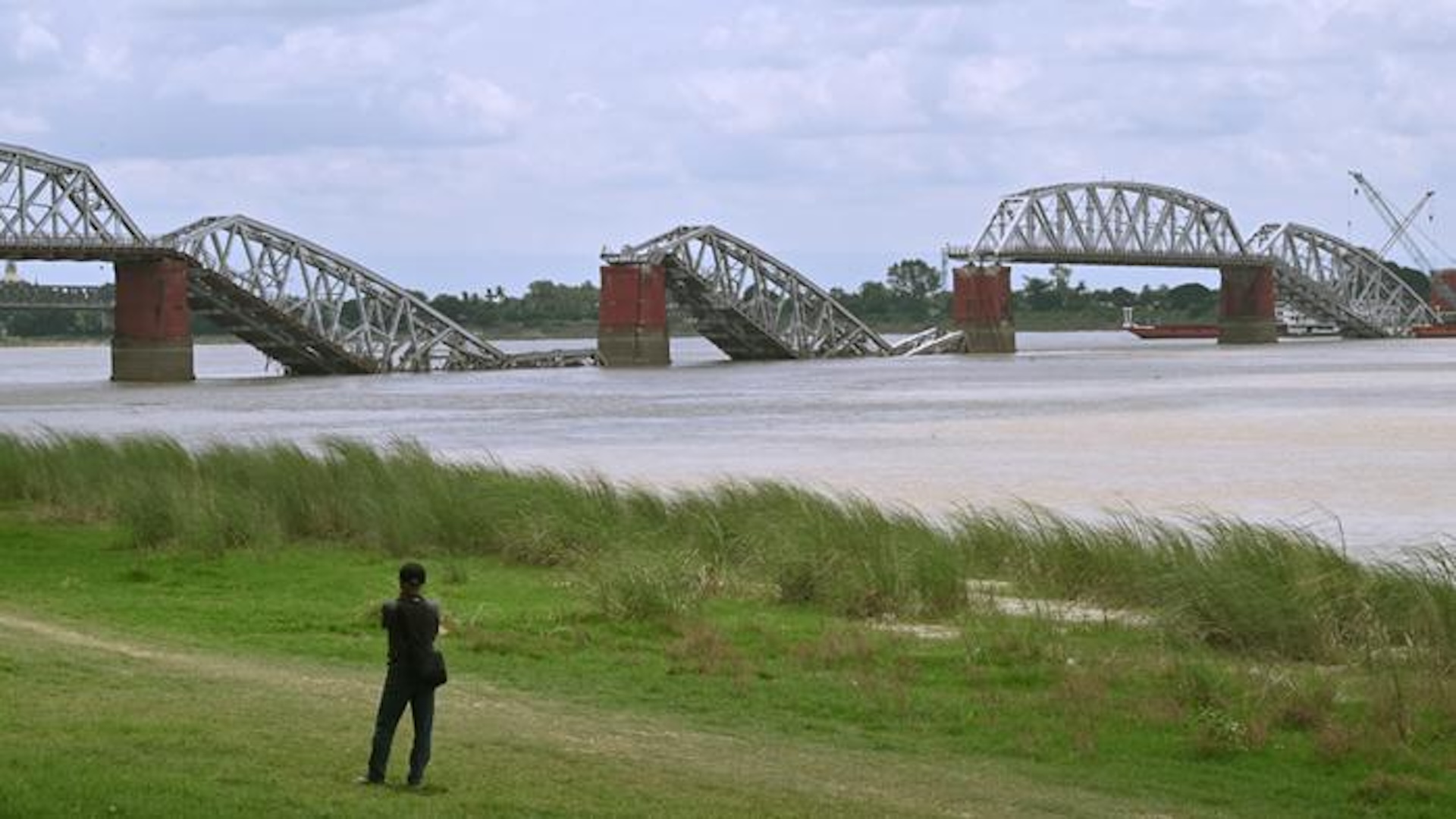Tar Balls Lead to Closure of Part of Gulf to Shrimping

A large area in the Gulf of Mexico has been closed to royal red shrimping after a commercial shrimper hauled in tar balls in his catch of the deep-water shrimp, the National Oceanic and Atmospheric Administration (NOAA) announced today.
The tar balls are being analyzed by the U.S. Coast Guard to determine if they are from the Deepwater Horizon/BP spill. The closure, which goes into effect at 6 p.m. EST, applies to 4,213 square miles (10,912 square kilometers) of federal waters off Louisiana, Mississippi and Alabama. State waters aren't included in the closure.
Fishing for royal red shrimp is conducted by pulling fishing nets across the bottom of the ocean floor. The tar balls found in the catch may have been entrained in the net as it was dragged along the seafloor.
"We are taking this situation seriously," said Roy Crabtree, assistant NOAA administrator for NOAA's Fisheries Service southeast region. "This fishery is the only trawl fishery that operates at the deep depths where the tar balls were found, and we have not received reports of any other gear or fishery interactions with tar balls."
Crabtree added, "Our primary concerns are public safety and ensuring the integrity of the Gulf's seafood supply."
Royal red shrimp are caught in Gulf waters deeper than 600 feet and are the only species targeted with trawls at these depths. The more common Gulf shrimp species are brown, white and pink shrimp and are caught in waters less than 300 feet deep. The agency has received no reports of tar balls from fishermen that target other species in that area. Fishing for other shellfish and finfish species within this area is still allowed. The agency will reopen the area after determining there is no safety concern for seafood. An area covering 1,041 square miles immediately surrounding the Deepwater Horizon wellhead still remains closed to all commercial and recreational fishing. The fishing area closure was first instituted on May 2, at which time it covered about 3 percent (6,817 square miles) of Gulf waters around the wellhead. As oil continued to spill from the wellhead, the area grew in size, peaking at 37 percent (88,522 square miles) of Gulf waters on June 2.
Get the world’s most fascinating discoveries delivered straight to your inbox.



